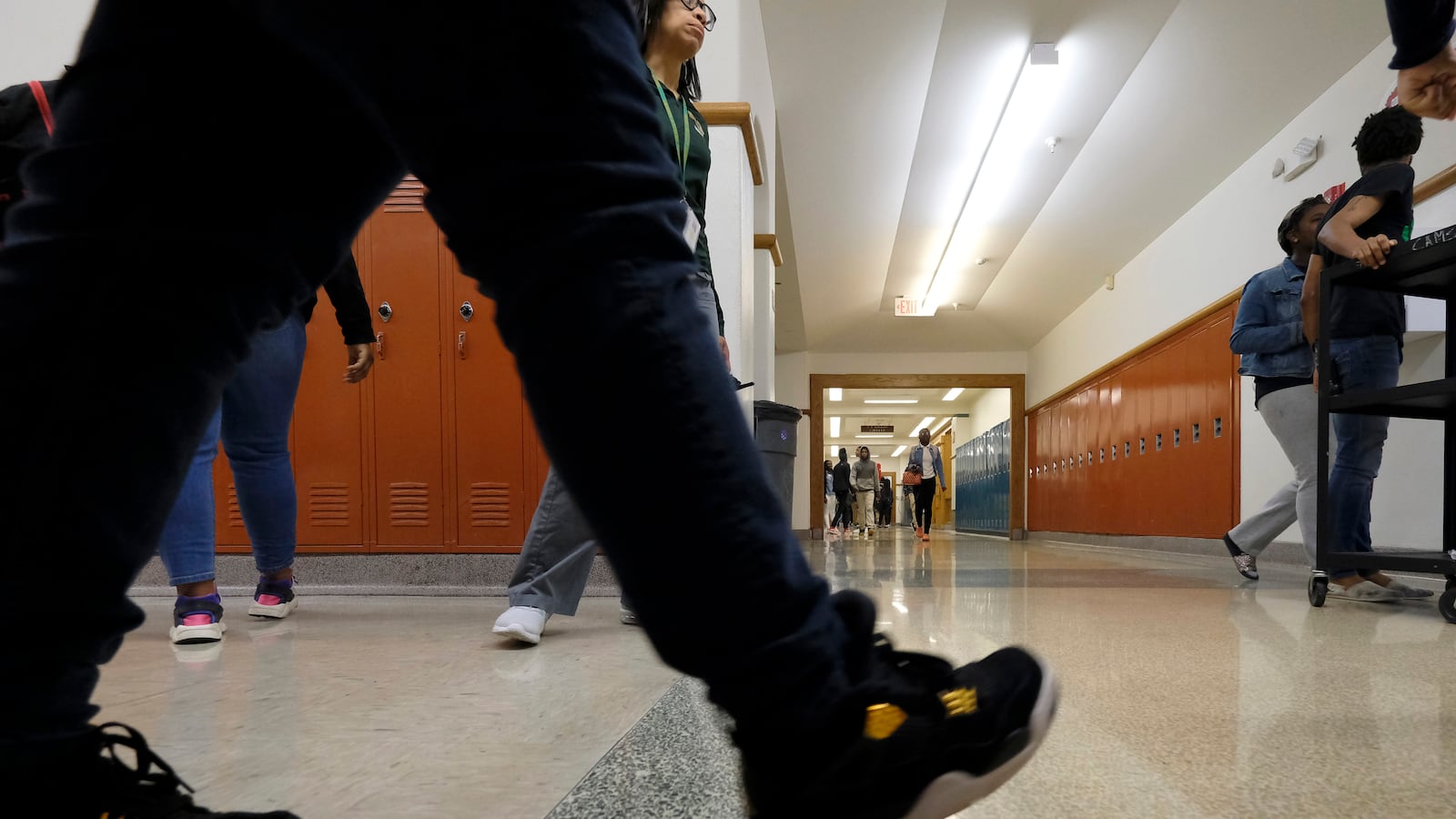Baruch College Campus and Lab High School for Collaborative Studies in Manhattan’s District 2 are changing their admissions policies, in a move that might lead to slightly more academic diversity within the coveted campuses.
Students who meet the schools’ cutoffs for admission — fewer than 10 absences or tardies, grade averages of 85 or higher, and state test scores of at least a 3 — will enter into a lottery. Previously, Lab and Baruch had ranked individual students based on their prior academic performance.
Since both schools receive far more applications than the number of seats that open up, administrators had their pick of students, and often, only those with the uppermost test scores and grades got in. Now, students with a solid B average will have a better shot at admission.
The education department did not respond to a question about when the change was made or how it was announced. The new admissions system affects this year’s eighth-graders who are applying to high schools for next school year, according to the schools’ websites.
The changes have been met with mixed reactions.
Maud Maron, president of the Community Education Council in District 2, where the schools are located, called it “deeply unfair” to switch up admissions standards when students and parents are already in the thick of navigating the high school application process.
The changes also open familiar concerns over who should have access to the city’s most coveted public schools, with many believing that high-achievers are best served when most students are like them.
“I’ve heard parents say, ‘So it doesn’t matter what your grades are anymore. You don’t have to work hard,’” Maron said. “This is devaluing academics.”
Parents who are supportive of the changes said the previous system made distinctions among students that might not actually mean much in terms of their academic potential, and also encouraged a hyper-competitive environment in middle schools.
“I’m certainly not convinced that a kid with an 87 is in any way different than a student with a 93. I don’t know if the student pushed themselves to take a challenging class, or what it says about that student’s potential to grow and learn,” said Eric Goldberg, also a member of the local education council. “So I’m encouraged that the school leadership is recognizing that these are small distinctions, and that creating an academic environment where students are competing for every point is not a healthy way to educate their students.”
Academic segregation is rampant in New York City, where many high schools are allowed to select, or screen, students. A Chalkbeat analysis has previously found that most students who passed their state exams are clustered in just a few campuses. On the flip side, the system also concentrates those who have fallen behind, often making it harder for educators to meet the needs of so many students who may need extra support in the classroom.
The admissions changes at Lab and Brauch are unlikely to go very far in breaking up those patterns. Students who meet the schools’ test score threshold for admissions, a level 3, are considered to be learning on-grade level. And both schools will continue to give priority to students within the district, a point of contention for parents who live just outside the zone, and also for those who believe the preference helps drive segregation. District 2 — encompassing the Upper East Side, SoHo, and TriBeCa — is one of the whitest and wealthiest in the city.
An education department spokeswoman, Miranda Barbot, noted that “schools set their admissions criteria in consultation with members of their school community.”
“We support Lab and Baruch in their efforts to simplify admissions processes and create diverse, inclusive learning communities,” she wrote in an email.

